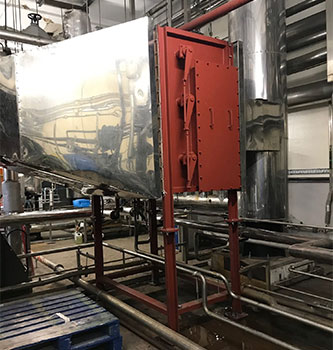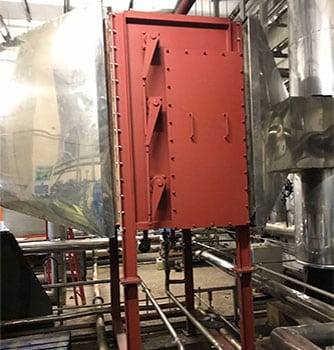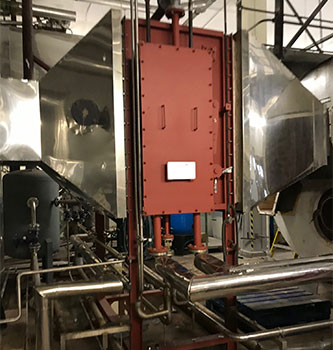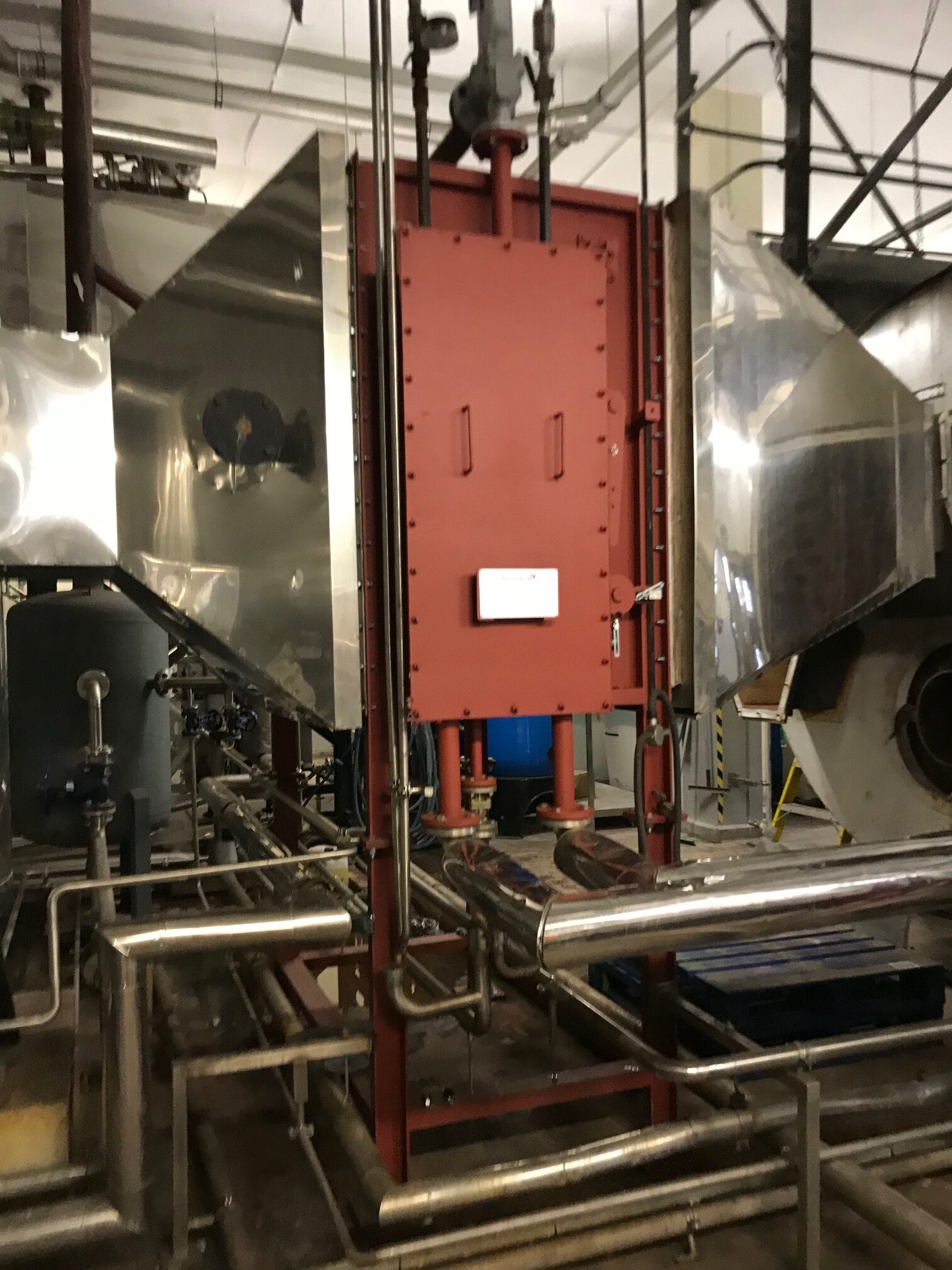Steam Boiler Economiser
Valveforce are proud to offer steam boiler economisers designed to enhance the efficiency and performance of your steam systems.
With our extensive expertise and cutting-edge technology, we are dedicated to providing innovative solutions that not only save energy but also reduce costs and environmental impact. Whether you are seeking to optimize your existing steam boiler or looking for a complete system overhaul, Valveforce is here to deliver reliable and sustainable solutions tailored to your specific needs.



Speak with our experts
Fill out our quick and easy contact form with your enquiry and we'll get back to you.
Steam Boiler Efficiency
Having passed through a steam boiler, flue gases should not be considered as spent and simply vented off to atmosphere. Alternatively, the energy from these hot gases should be used to improve the thermal efficiency of the steam raising equipment itself.
To improve steam boiler efficiency, steam boiler economisers can be fitted between the boiler smoke box and chimney through which the hot flue gases are passed and boiler feedwater heated. This heat exchange process, via a boiler economiser, ensures that feedwater arrives at the boiler at a higher temperature, and it is estimated that a 10°C temperature increase of the boiler feedwater will improve boiler efficiency by approximately 2%.
So with flue gases typically venting at 230°C, an economiser will cool these to approximately 140°C which in turn will increase feedwater temperatures by 25°C. This therefore means a fuel consumption reduction of around 5% for the same boiler output.
If you design or modify a steam boiler economiser, it will:
- take less energy to raise the required volume of steam
or
- generate more steam using the same amount of energy
Capabilities
Many steam boilers were designed when fuel costs were relatively cheap. However, with fuel costs rising* faster than capital costs, boiler economisers should be considered for many new and existing boiler installations.
A steam boiler economiser is often considered as additional plant for steam raising systems. However, an economiser should be considered an integral part of a complex steam solution and therefore be designed as such.
The benefits of specifying and installing steam boiler economisers are clear:
- Reduced emissions
- Improved fuel economy
- Enhanced boiler efficiency
- Lower thermal stress of the boiler shell
- Promotes improved internal circulation
- Capital outlay usually recovered in less than 12 months
* The UK government’s planned withdraw of tax relief on red diesel from April 2022 will see fuel costs rise sharply.
Product Variations
To ensure the most economical design, boiler economisers are manufactured from carbon steel, with highly-durable extended fins welded to the economiser single tube design, which ensures feedwater flows uniformly through the element to eliminate hotspots, sludge build-up and scaling.
Valveforce steam boiler economiser solutions are designed to conform to the Pressure Equipment Directive (PED), BS EN 12952 and are UKCA and/or CE marked accordingly.
Additionally, Valveforce can reverse engineer boiler economisers so replacements can be fabricated on a like-for-like basis. This ensures modifications to steam boiler plant and on-site works are minimised and the project delivered as effortlessly and affordably as possible
Looking for a new or replacement steam boiler economiser, contact Valveforce now to discuss your requirements on 0121 711 1908 or email enquiries@valveforce.co.uk.
Example of Product Usage
Using a gas-fired steam boiler producing 15,000kgs/hr of dry saturated steam at 10barg with a boiler feed water temperature of 65°C and flue gas exit temperature of 240°C as an example:
From the Steam Tables
Heat content of steam above 0°C 2,778.63 kj/kg
Heat content of water above 0°C 274.47 kj/kg
Heat required from combustion of gas 2,504.16 kj/kg
If an economiser were installed, which reduces the flue gas exit temperature to 136°C, then the boiler feed water temperature would increase to 98°C:
Heat content of steam above 0°C 2,778.63 kj/kg
Heat content of water above 0°C 382.11 kj/kg
Heat required from combustion of gas 2,392.52 kj/kg
Therefore:
- For the same fuel usage the increased evaporation is: 15,000 * 2,504.16
2,392.52
= 15,699 kgs/hr
- For the same evaporation rate the fuel reduction is: (2,504.16 – 2,392.52) * 100
2,504.16
= 4.45%


